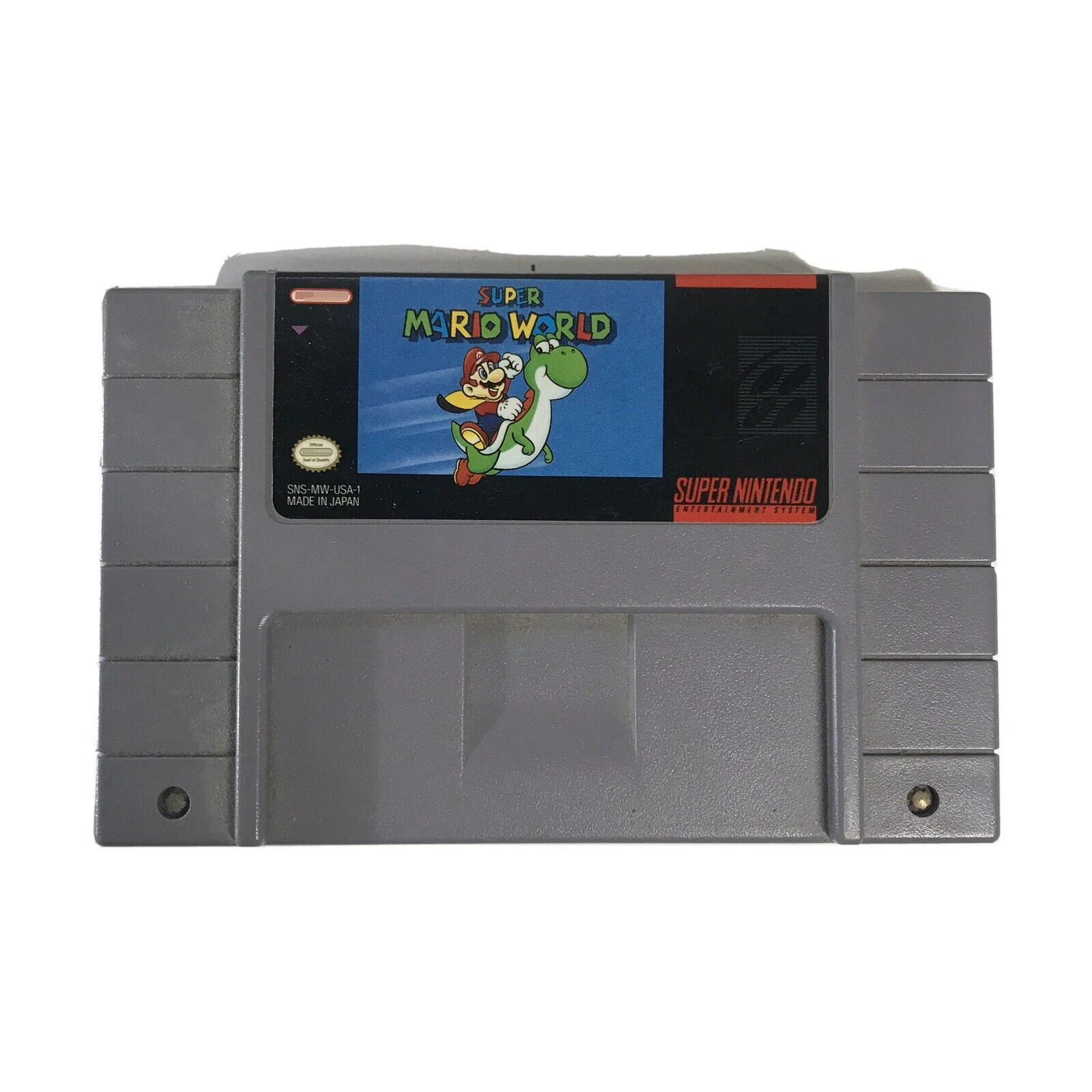

Finally, on November 27, 1997, the last first-party SNES game, Kirby's Dreamland 3 was released and the SNES was discontinued in 1999. The power and reset buttons were confined to the left side of the system. The things removed were the expansion port, RF port, and eject button. The game was followed up with Donkey Kong Country 2: Diddy's Kong Quest, and Donkey Kong Country 3: Dixie Kong's Double Trouble.Īs with the NES, in October 1997, Nintendo released the SNES 2, a smaller and lighter version of the SNES, with Super Mario World 2: Yoshi's Island packed in with the system for only $100. There were even 2,500 competition cartridges released. In the last 45 days of 1994, the game sold 6.1 million copies, making it the fastest selling video game to date. The game sold more consoles and millions of cartridges. This game had some of the greatest graphics and gameplay of any SNES game. In 1994, Nintendo release a new SNES game that kicked the Super Nintendo's popularity into overdrive. The buttons are arrange perfectly for games like Mortal Kombat. The controllers are very comfortable, and very responsive. The 4 face buttons were arranged in a fashion like this: The shoulder buttons were a new thing back then, but are now a standard on video game controllers. They have rounded sides, a d-pad, 4 face buttons, and 2 shoulder buttons. The controllers, are a huge step op from the NES controllers. The bottom has an expansion port on it, but was very rarely used, and the back, of course, has the AC, RF, and AV ports. On the front of the console, there are the standard 2 controller ports. That is good because the games get firmly seated onto the pins and would just about always boot right up. The console does, however, have an eject lever on it allowing the player to simply press down on the lever to pop the cartridge out of the console, as it is a top loading system. It was very boxy, with a standard Power, and Reset button.

3, and Super Mario Lost Levels in better 16-bit graphics and sound. Also, some sets of the SNES came packaged with Super Mario All-Stars, which was a compilation cartridge that had the NES games Super Mario Bros., Super Mario Bros. The SNES also offered continuations of NES favorites such as The Legend of Zelda, Mega Man, Double Dragon, Battletoads, etc. The game itself practically sold the system. Of course, that game was Super Mario World. This system promised to further Nintendo's domination and popularity in the video game market.īecause the system came after the NES, it was launched with the sequel to Super Mario Bros. The system was already widely available in Japan under the name Super Famicom, when it was released there on November 21, 1990.

On August 13, 1991, 4 years before the discontinuation of the NES, Nintendo released the new 16-bit Super Nintendo Entertainment System, in North America.


 0 kommentar(er)
0 kommentar(er)
